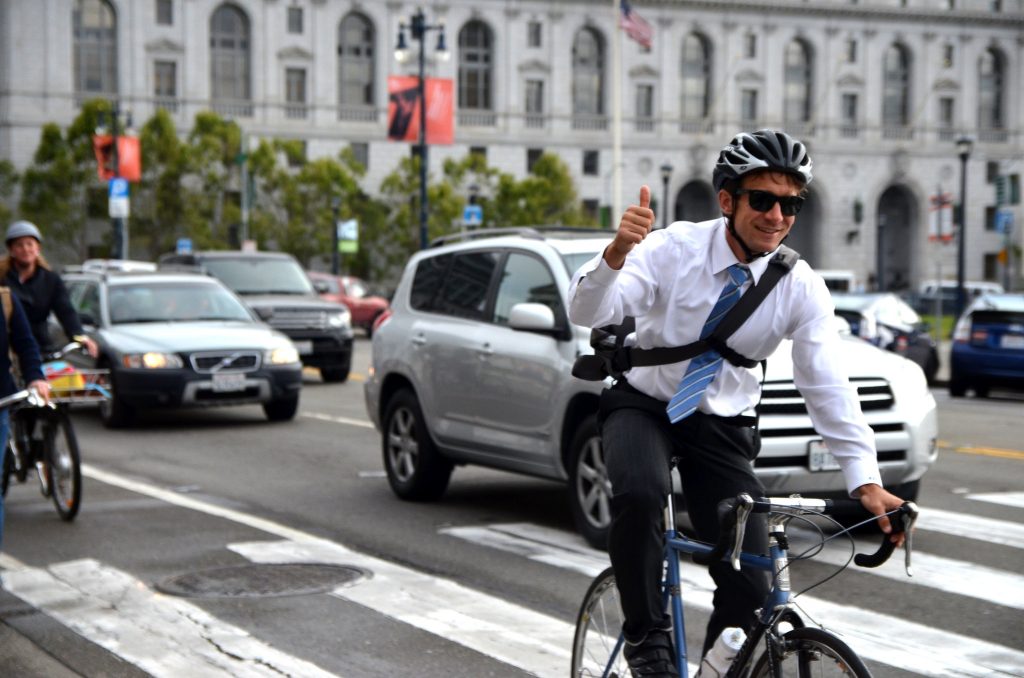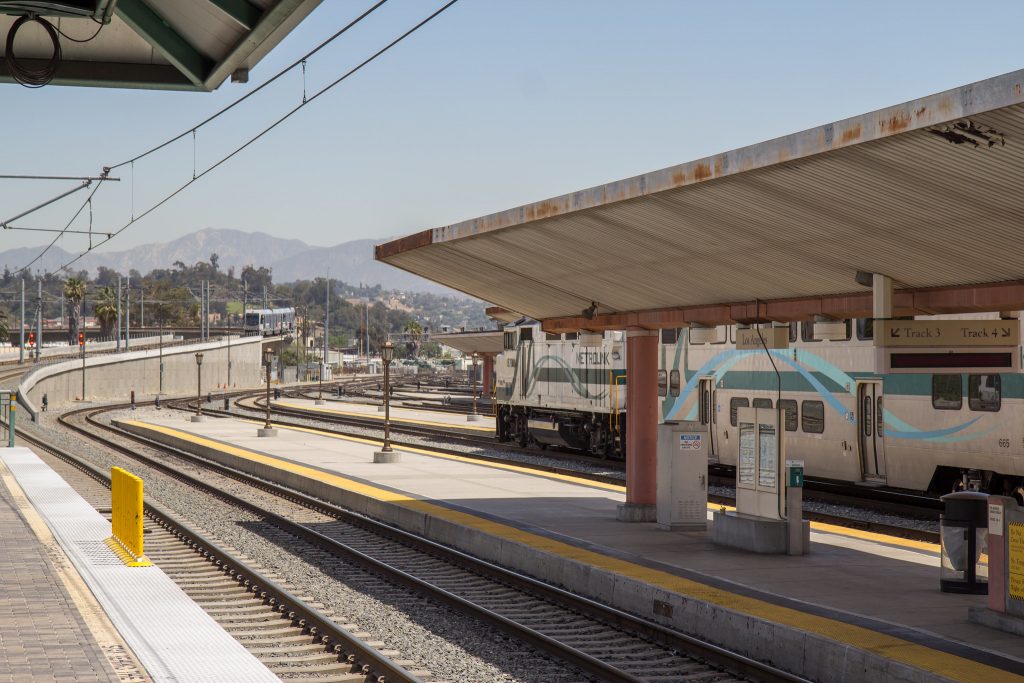
Today, T4America is releasing a new set of three concrete, measurable principles for transportation investment.
Last week we explained why T4America is no longer advocating for more money for the federal transportation program and why we need a clear set of explicit goals for the federal program. Today, we’re rolling out our new principles, which are clear, simple, and measurable. You’ll find them incorporated into the “platform” section of our website and we’ll be using them to evaluate every single proposal in the months and years ahead: whether a standalone infrastructure plan or the forthcoming proposals for reauthorizing the nation’s surface transportation law that expires in 2020.
It’s time to stop spending billions with an unclear purpose for diminishing, marginal returns. We believe these three goals will help finally move us in the right direction.
#1 Prioritize maintenance
The process is inevitable as it is predictable every time the process of transportation reauthorization comes up. We’re stuck in a groundhog day with an infinite loop. Here’s how it goes:
Every interest group, every legislator, every witness before a congressional committee talks about the need to “repair our crumbling roads and bridges.” On cue, congressional leaders call for more money for the federal transportation program. And then no one makes any changes to policy to guarantee that this increased funding will actually be prioritized toward reaching a state of good repair. In fact, as we found in Repair Priorities, Congress has gone aggressively in the opposite direction by allowing states to do whatever they wish with the increase in funding. Many times, states use this money to build new infrastructure while letting their existing assets crumble. And then the same actors are back before Congress, talking about the need for more money to repair their “crumbling” infrastructure. Rinse and repeat.
Our first principle is not about creating some new federal program to achieve a state of good repair. And it’s not about how much money is needed to repair our infrastructure, either. Our principle is simply a commitment to the American people that the maintenance backlog is cut in half. This would be a sea change.
Congress can organize the program in any number of ways to cut the backlog in half. And if cutting the backlog in half over six years is the wrong target, let Congress tell us what the right target should be. But tell us exactly where we will be in addressing state of repair after this bill expires, not how much money will be spent. Until then, we believe half is right and we expect Congress to finally tie the program to their rhetoric.
#2 Design for safety over speed
When we talk about safety, we typically talk about reducing drunk driving, wearing seat belts, and wearing helmets on motorcycles. In recent years, thanks to leadership from former US DOT Secretary Ray LaHood, distracted driving was brought up to equal importance as these areas.
Yet what has been largely ignored is the role of speed itself in making our roadways completely unsafe for everyone outside of a motor vehicle. Speed isn’t always necessarily deadly. The way to make a high speed roadway safe is by separating opposing traffic; removing conflict points, like driveways and cross streets, and separating or removing cyclists and pedestrians. That’s called a limited-access highway. But we’ve tried to design for similar speeds on our arterial roadways in existing communities while retaining all the points of conflict that make those speeds deadly.
Between 2008 and 2017, drivers struck and killed 49,340 people who were walking on streets all across the United States, reaching levels in 2017 not seen since 1990. When crashes occur at higher speeds, they are more likely to be fatal, especially when they involve a person biking or walking. Our sister organization, the National Complete Streets Coalition, found in their report Dangerous by Design that most cyclist and pedestrian crashes occur on these arterial roadways in our urban and suburban areas—roads designed for high speed but without removing conflicts. If we want these roads to be safe, they either need to become limited-access highways (unlikely, expensive and damaging for the local context) or they need to be designed for lower speeds with lower speed limits.
We have to take this seriously. The NTSB issued a landmark study in 2017 about how speed is the #1 culprit in traffic fatalities, and that scores of crashes would not have been fatal at lower speeds. Currently we only track whether someone was driving over the speed limit. We don’t track whether the speed limit was inappropriately high. In fact, numerous local governments across the country are in arguments with states on who has the authority to lower speed limits. It’s time to determine and report when speed was a cause of a crash. It’s time to give local governments the authority to lower speeds to make a street appropriate for its surroundings. And engineers should design roadways in support of slower, safer speeds.
#3 Connect people to jobs and services by prioritizing accessibility
Fundamental to our transportation system (and the hundreds of billions of dollars we invest in it) is that it should provide people with access to jobs and services. This access is essential to an efficient economy, to ensuring that people can make a living and provide for their families, and to providing employers with reliable access to talent.
Our current federal transportation program uses a poor proxy for measuring access to jobs and services. Transportation agencies measure the speed of vehicle movement along observed portions of roadways and assume that if those vehicles can move quickly, then all trips must be smooth and short. That kind of measurement has resulted in a system that values a 40-minute commute to work in free-flowing traffic over a 20-minute commute in some congestion.
As it turns out, to make vehicles move quickly means building limited access roadways or widening roads and spreading out all destinations, making trips longer and biking or walking dangerous. So even though vehicles are traveling at high speed, people may not reach their destinations any faster because everything is more spread out. This is particularly true of pedestrians and cyclists, who once may have had to travel across short blocks, now have to cross long distances designed for cars, thanks to the limited-access changes that cut off local streets and eliminate shorter trips.
The technology has finally caught up. We can now understand, quickly and affordably, how well the transportation system connects people to the things they need. Thanks to aggregated GPS data, we can know where homes and likely destinations are located. We also have congestion data and real-time transit arrival information. With this data, we can accurately calculate how easily people can access the things that they need and how various proposed transportation investments would improve or worsen it.
Some states, particularly Virginia and Hawaii, have already started scoring potential projects under consideration for funding based on the extent to which they improve access to jobs and services. Massachusetts and Utah are investigating doing the same. Congress should follow their lead.
As Congress considers the next surface transportation policy bill, they should ensure that these destination access data are available nationwide. Congress should also update performance measures to replace 1950s proxy measures like speed of travel with accurate, updated 21st century measures. People don’t talk about the average speed of a trip: they talk about how long it took. We should evaluate transportation projects and the overall system the same way.
By the end of this next reauthorization cycle, the federal transportation program should be reoriented from a program focused on the fluidity of vehicle movement to one that prioritizes and measures access to jobs and services.
Go more in-depth on our principles here, and read our specific policy proposals for reauthorization here.




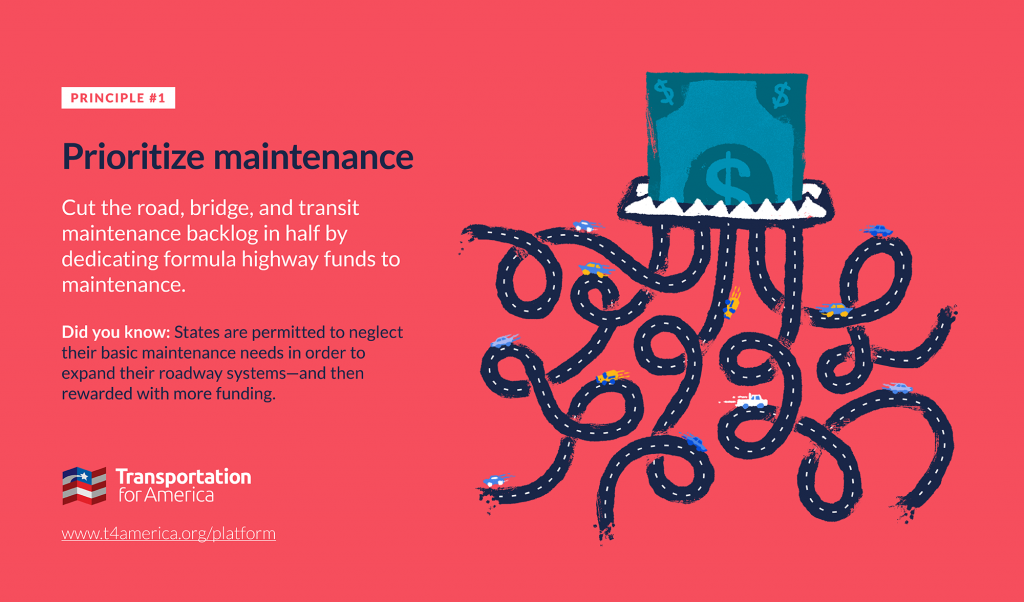

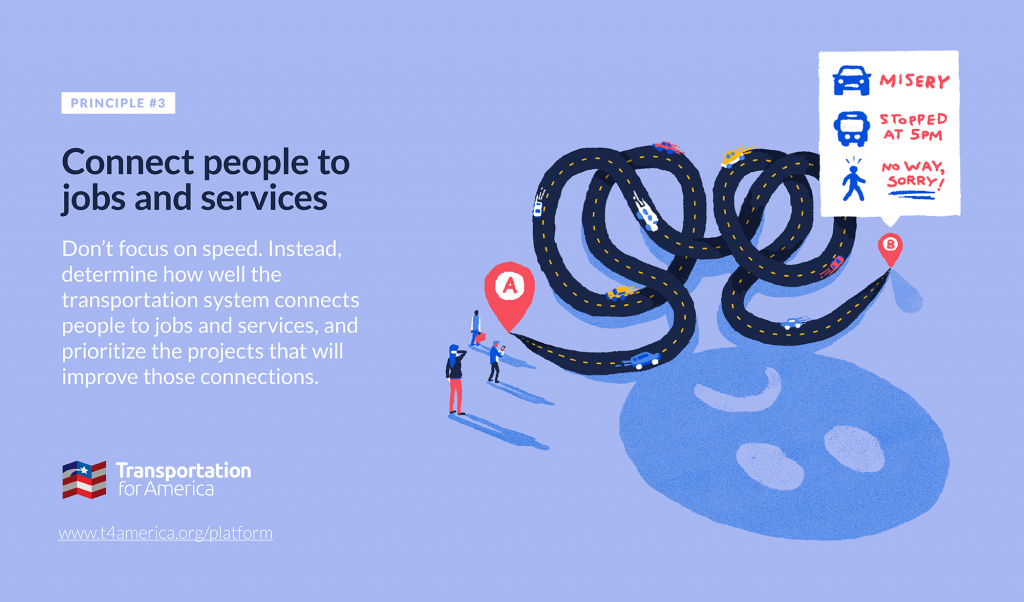
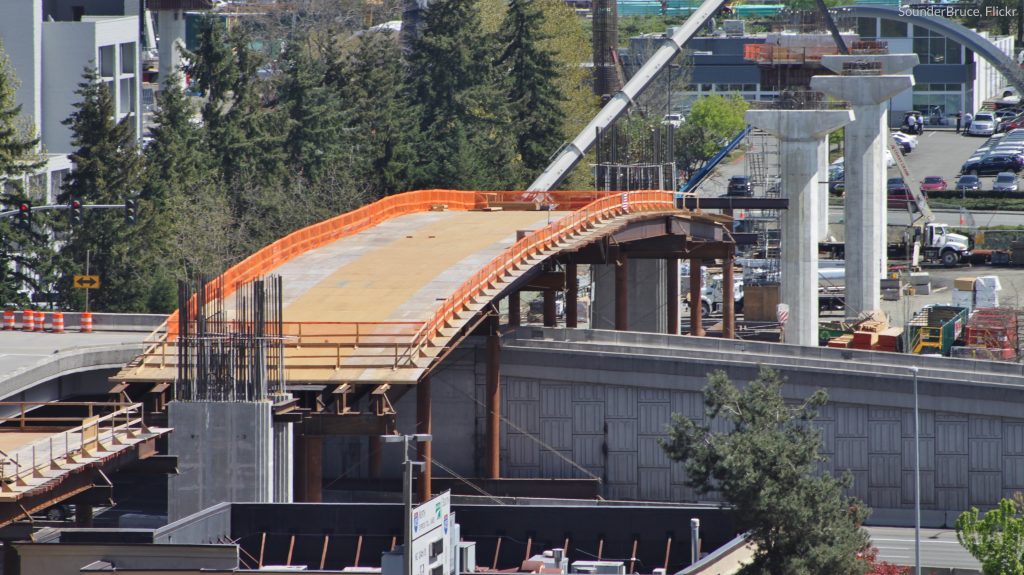
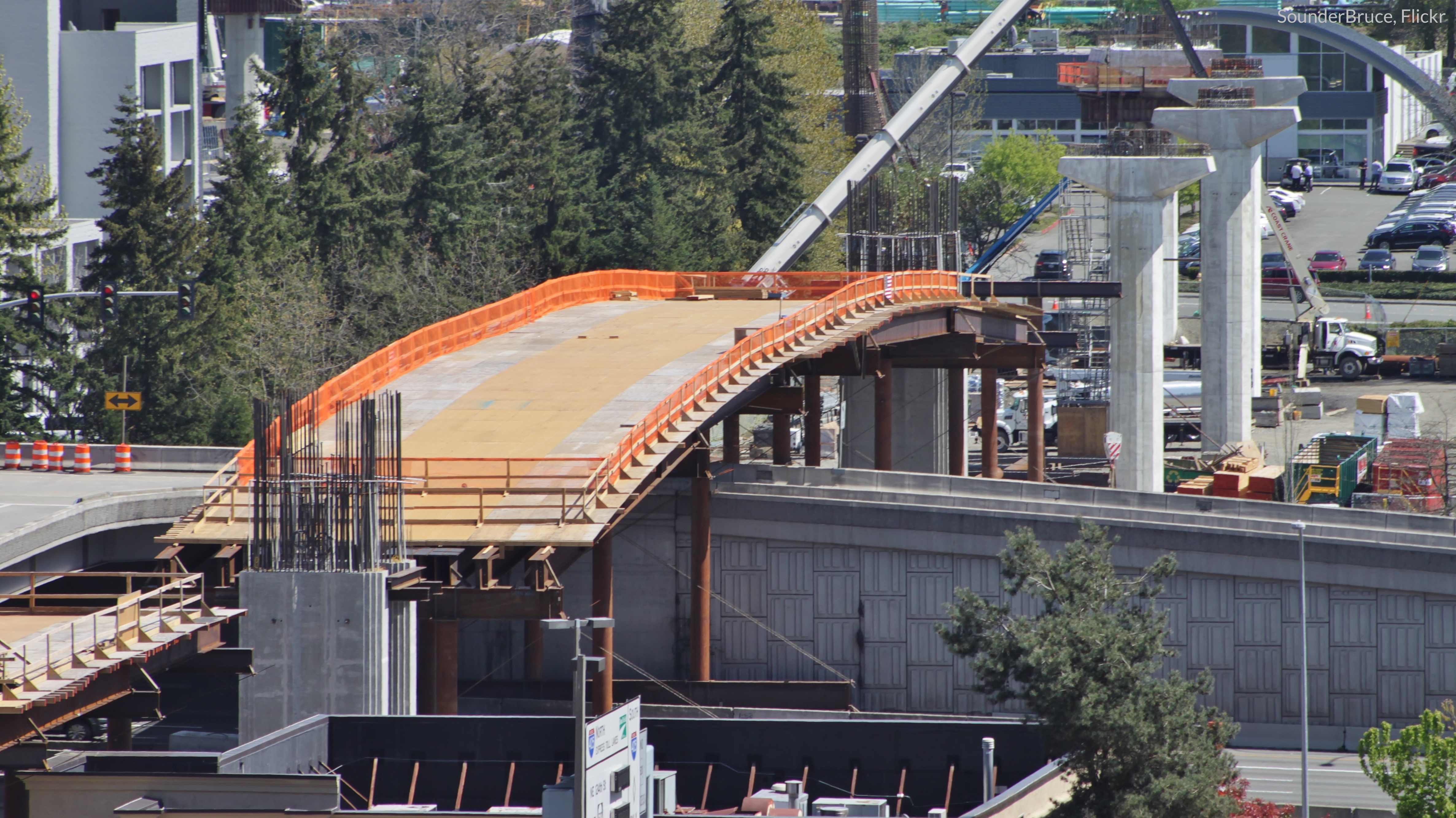
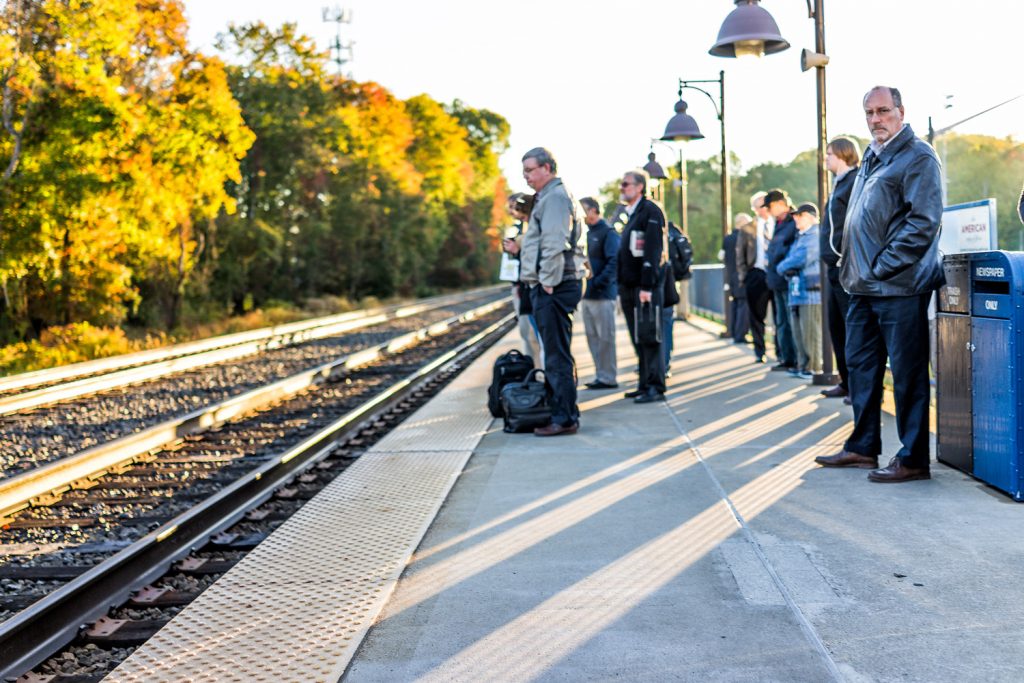
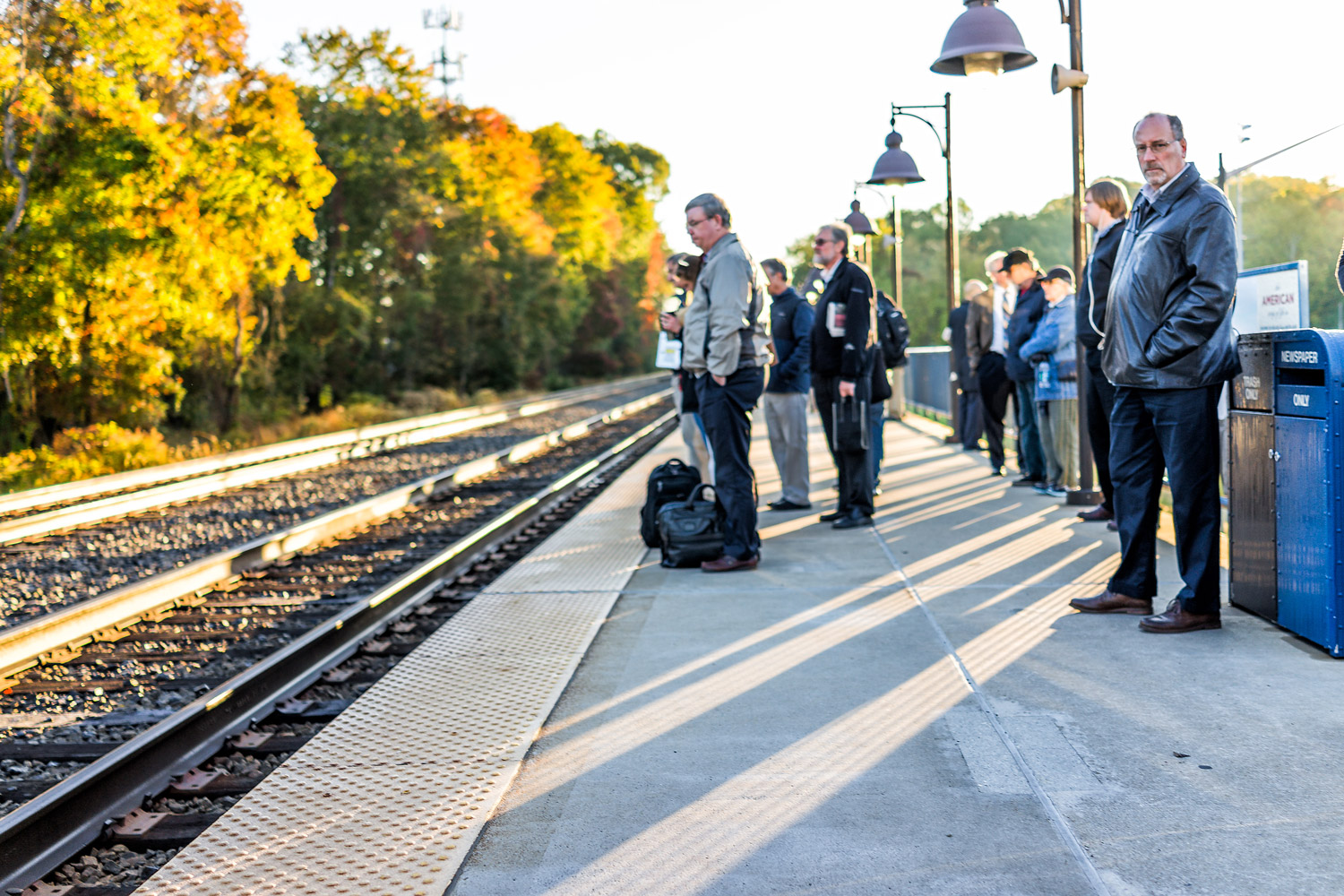
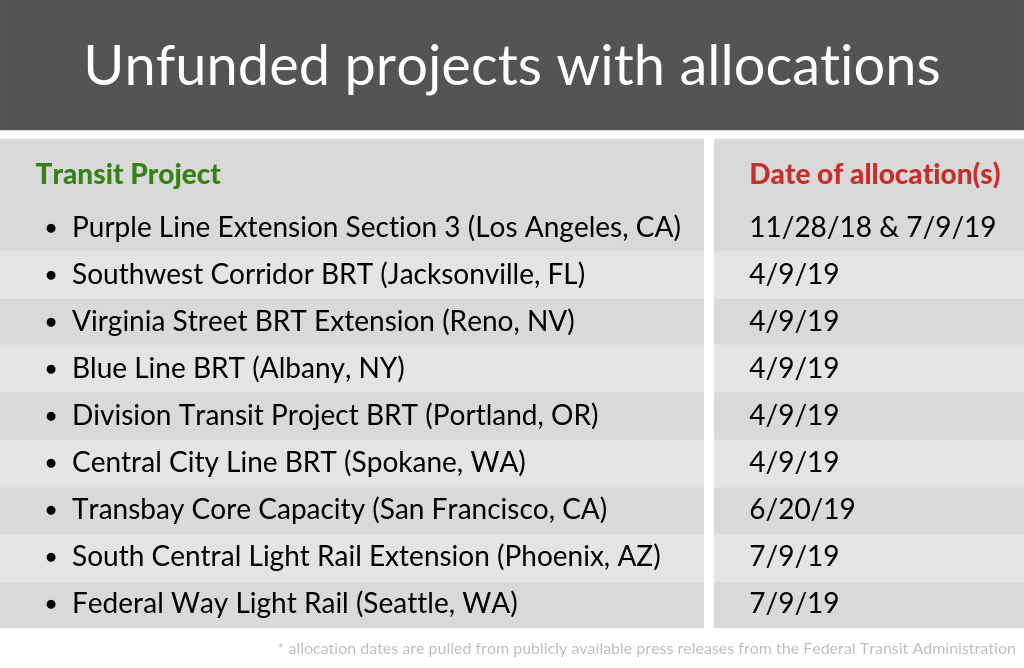
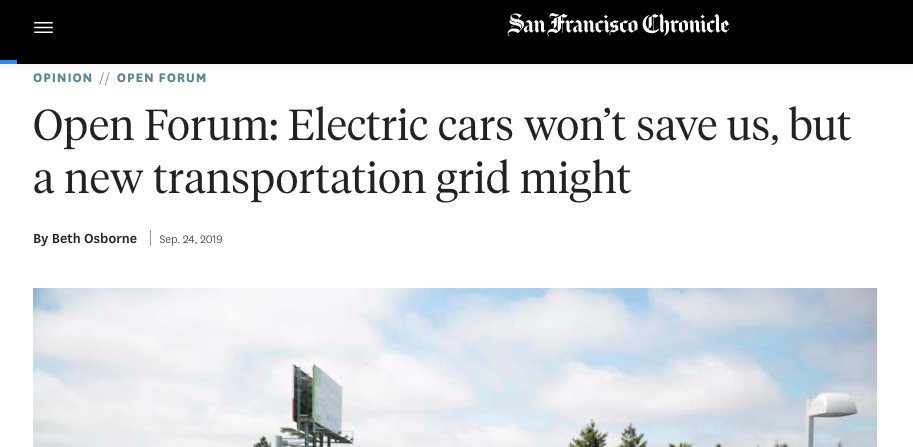

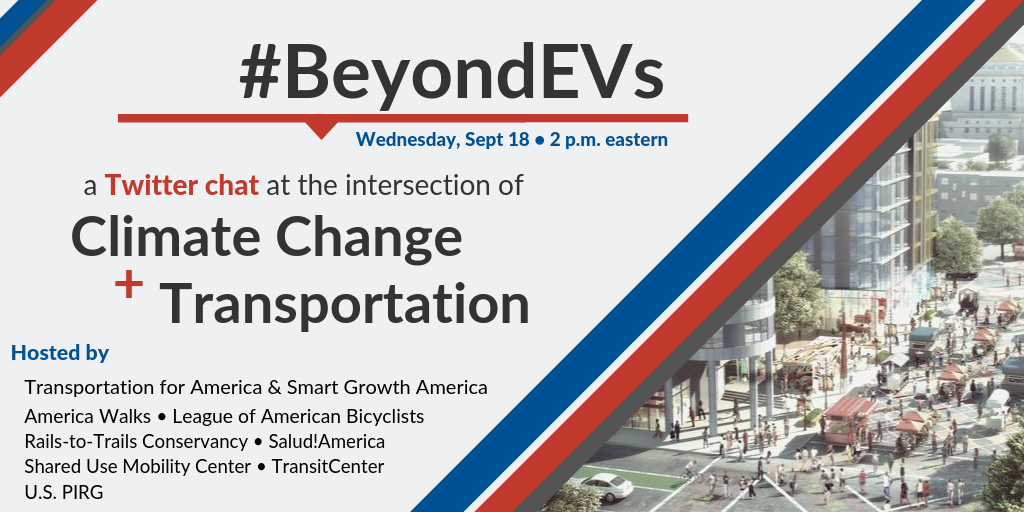
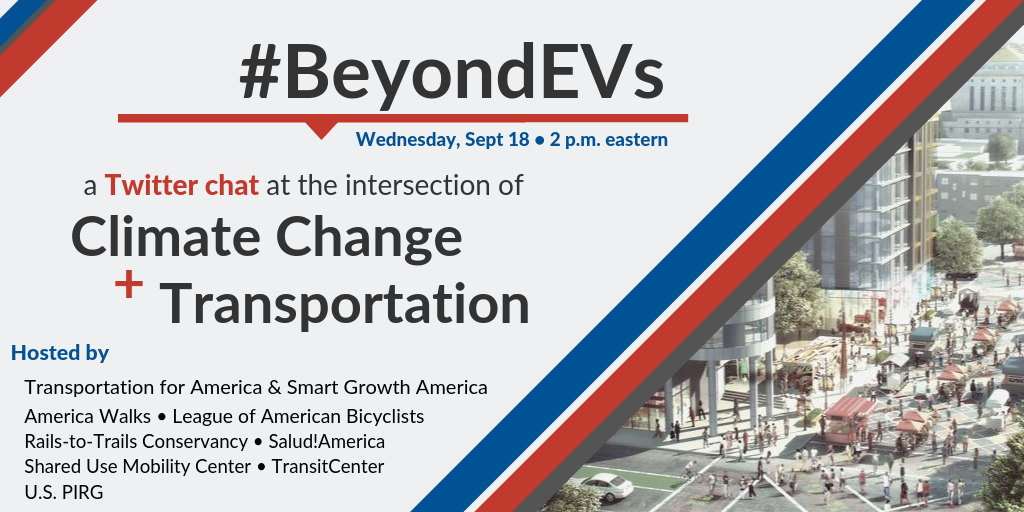
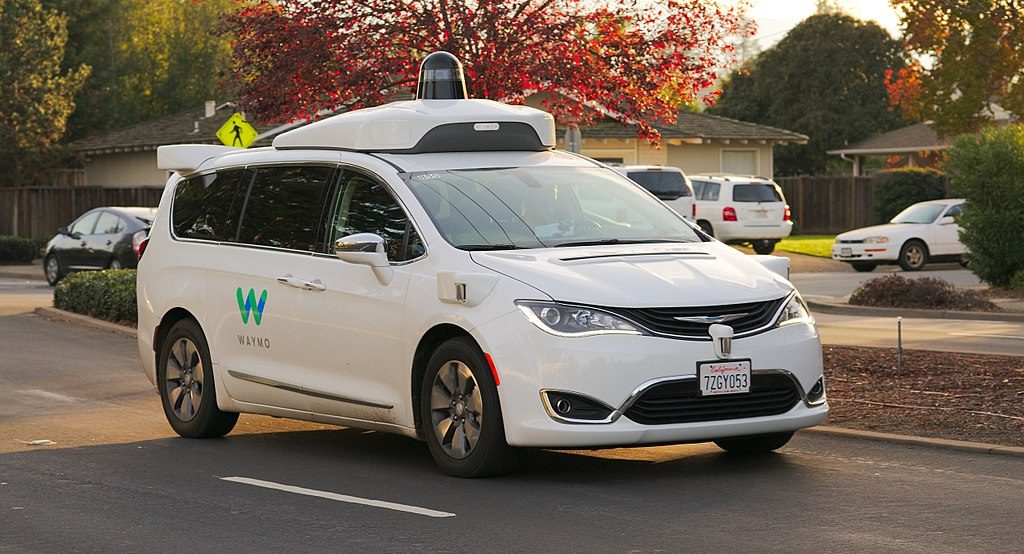
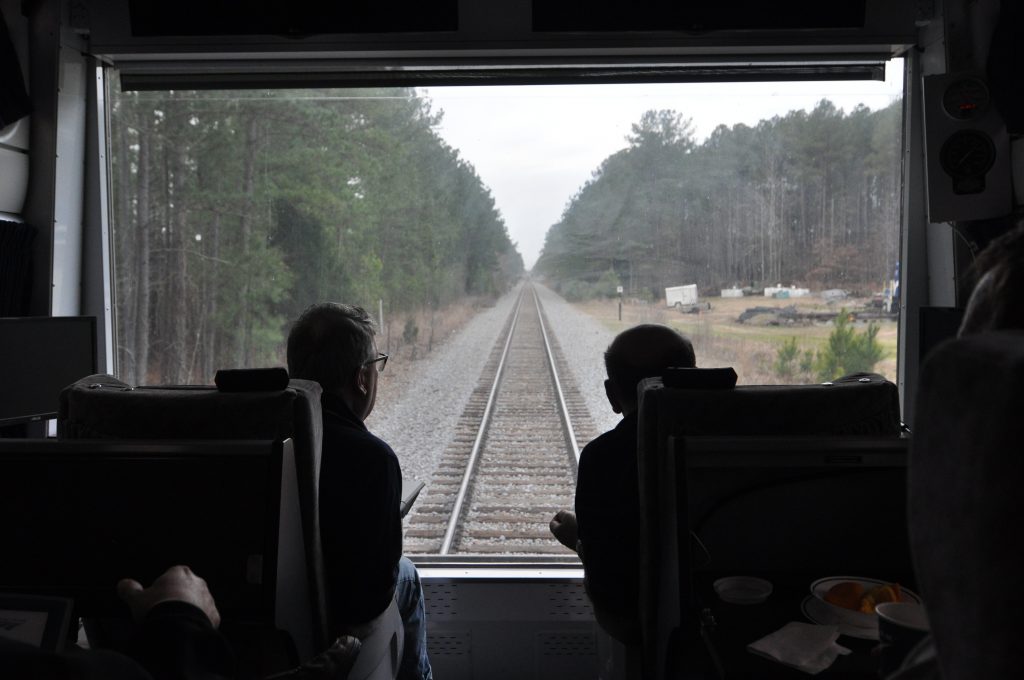
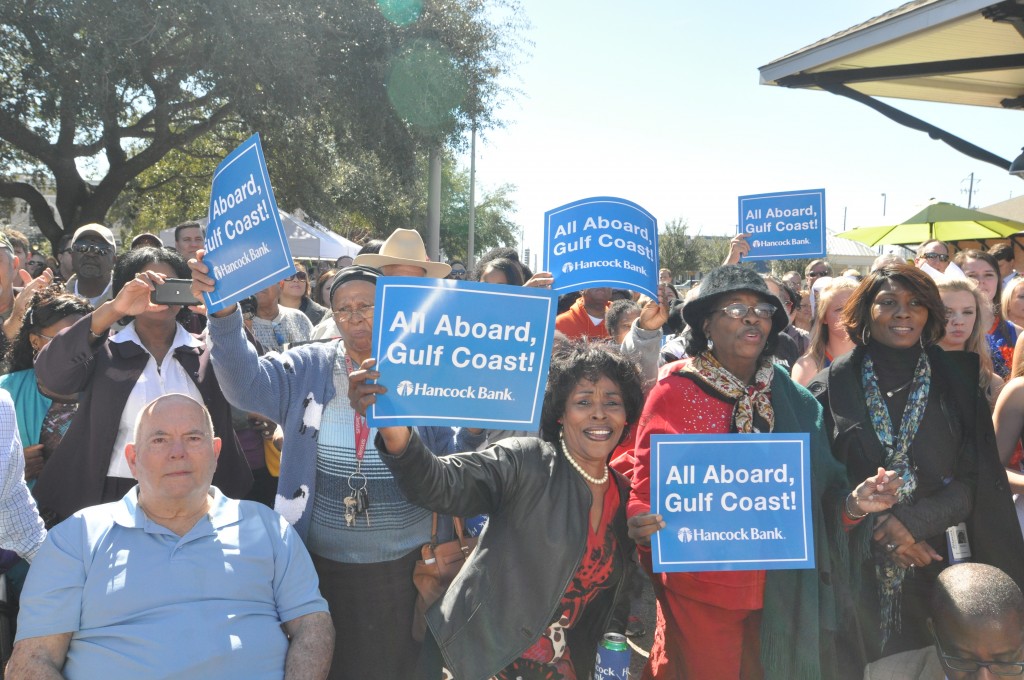
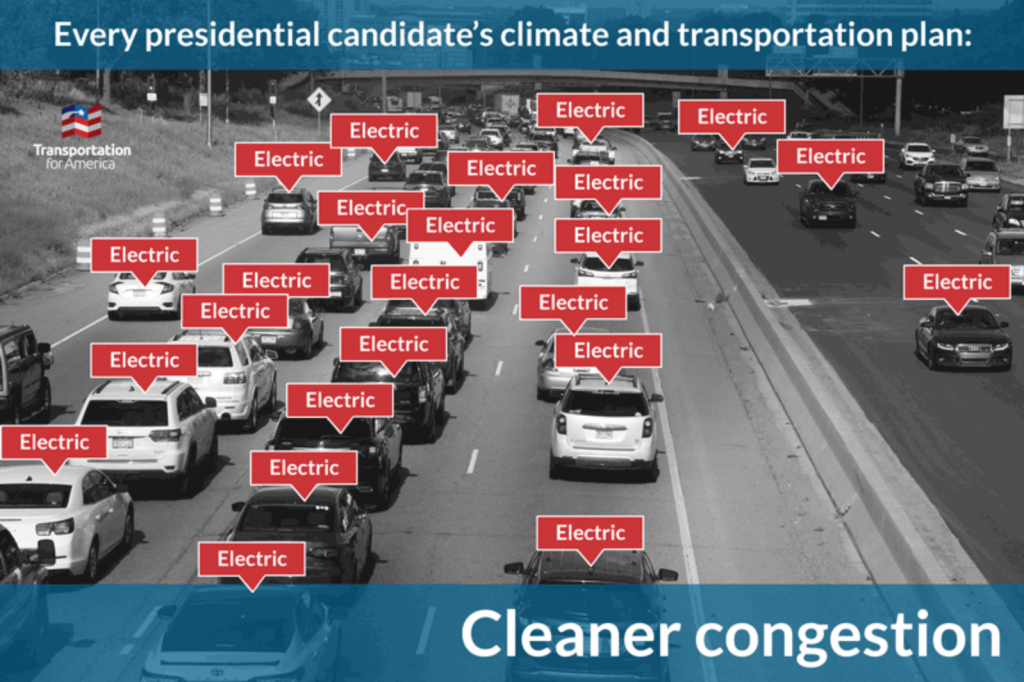
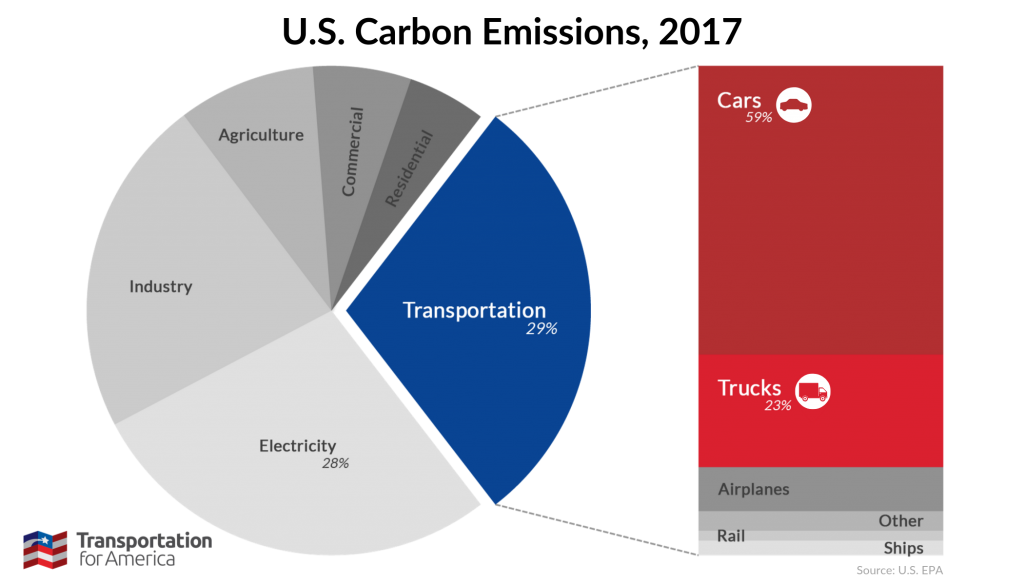
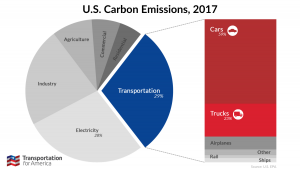
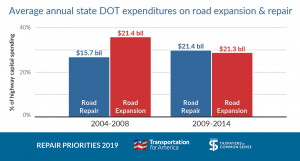 Politicians (and the media) love to bemoan our “crumbling roads and bridges.” That must mean we need more money to fix them, right? Here’s a secret: most of the billions we spend every year on our infrastructure
Politicians (and the media) love to bemoan our “crumbling roads and bridges.” That must mean we need more money to fix them, right? Here’s a secret: most of the billions we spend every year on our infrastructure 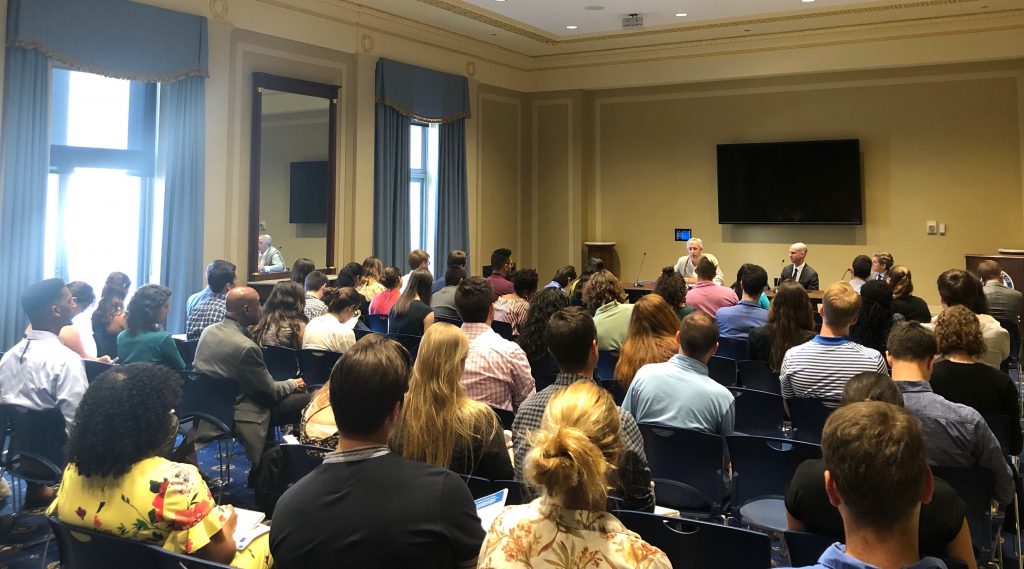
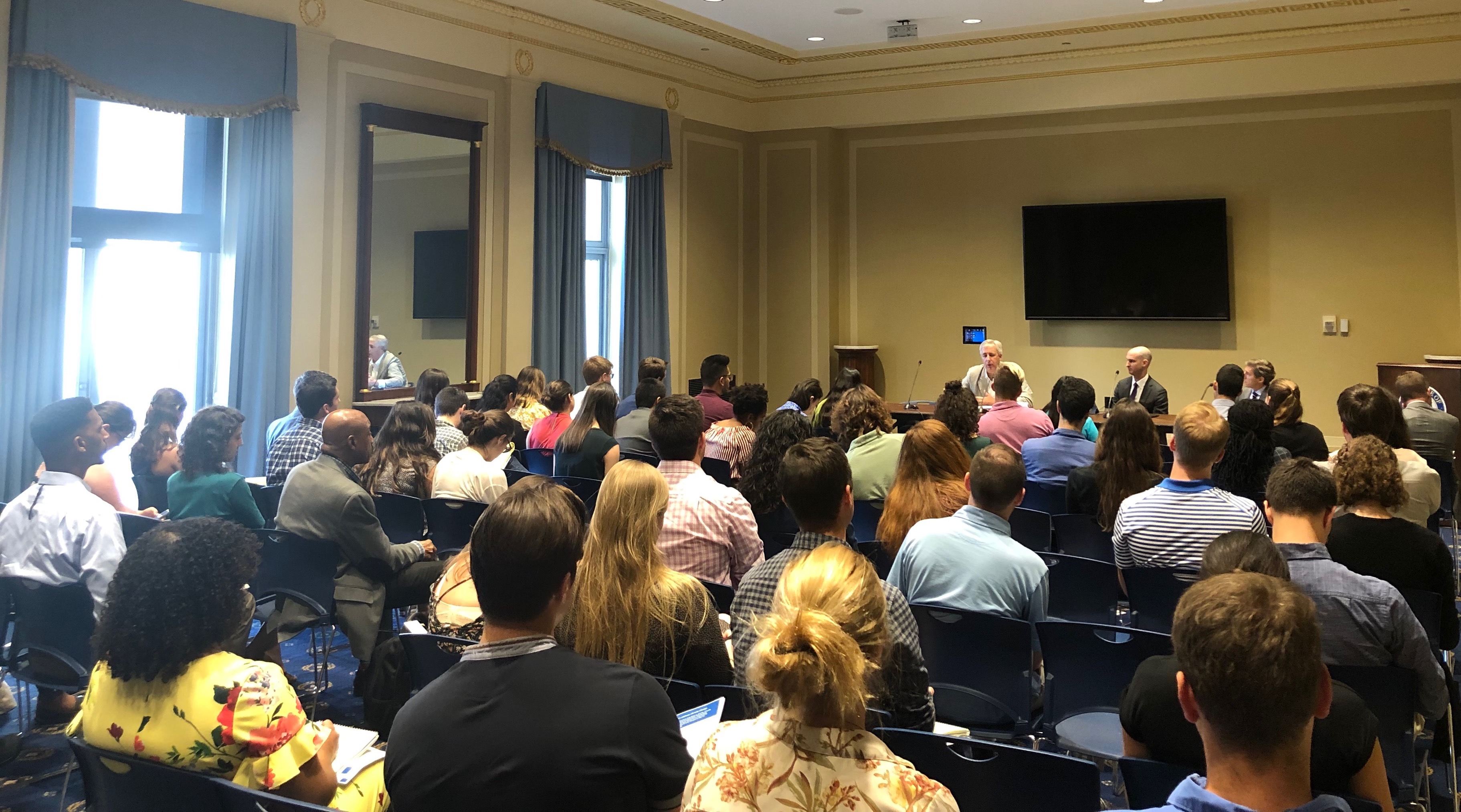 Last week, Representatives Chuy García (IL-4) and Ayanna Pressley (MA-7) co-hosted a briefing on Capitol Hill on the nexus of transportation and the climate crisis and announced the imminent launch of a caucus focused on creating a new vision for our transportation system.
Last week, Representatives Chuy García (IL-4) and Ayanna Pressley (MA-7) co-hosted a briefing on Capitol Hill on the nexus of transportation and the climate crisis and announced the imminent launch of a caucus focused on creating a new vision for our transportation system.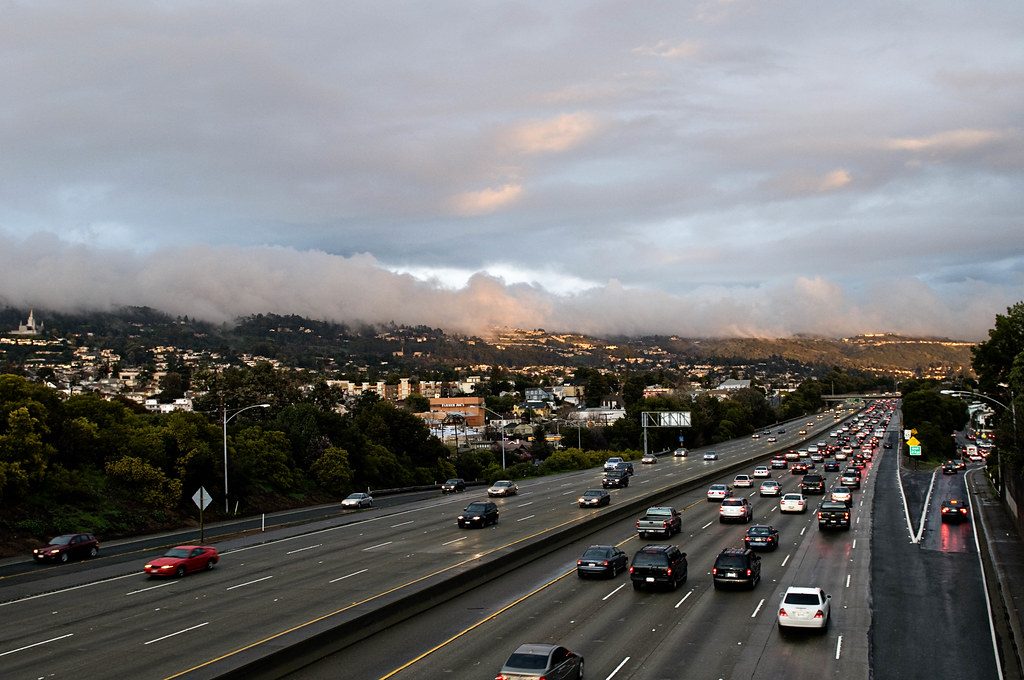
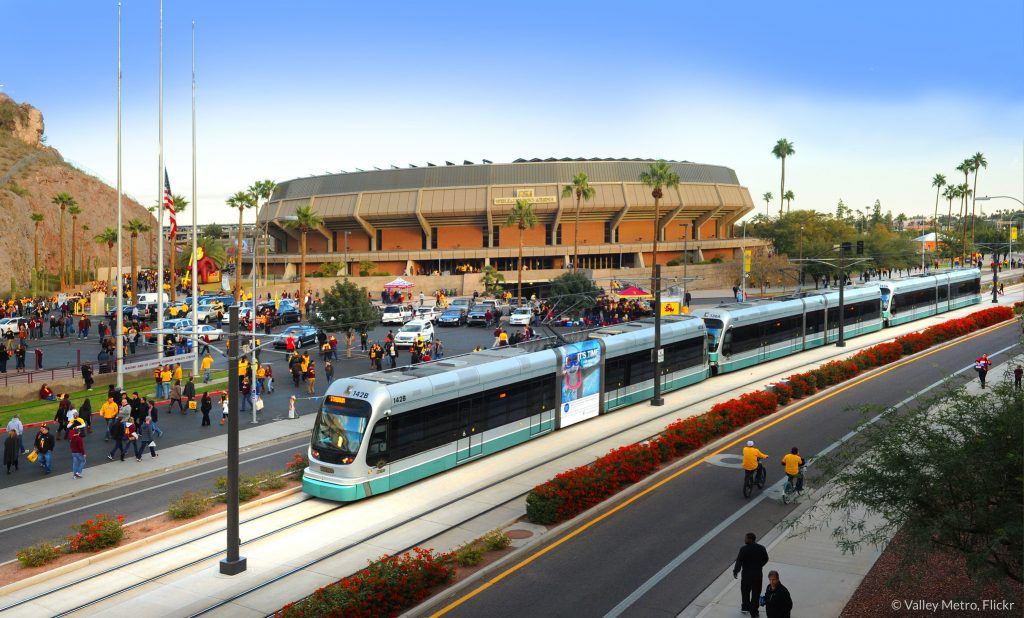

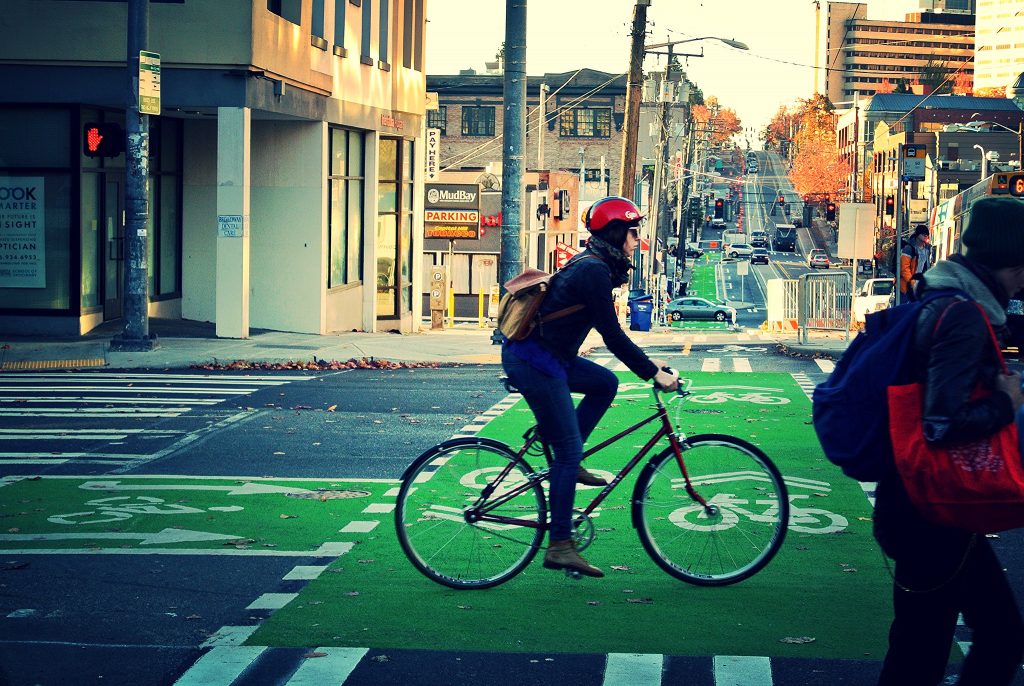
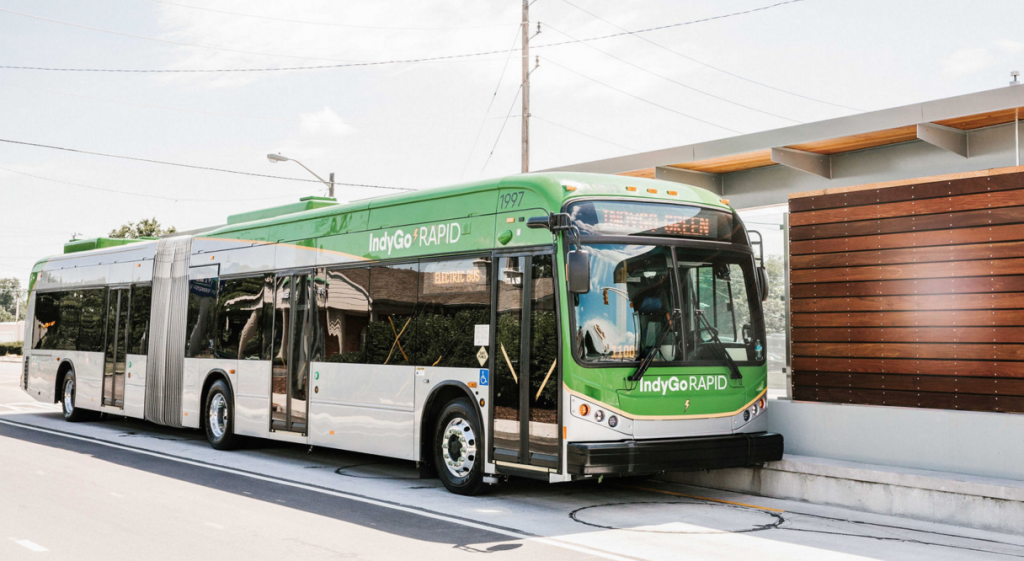
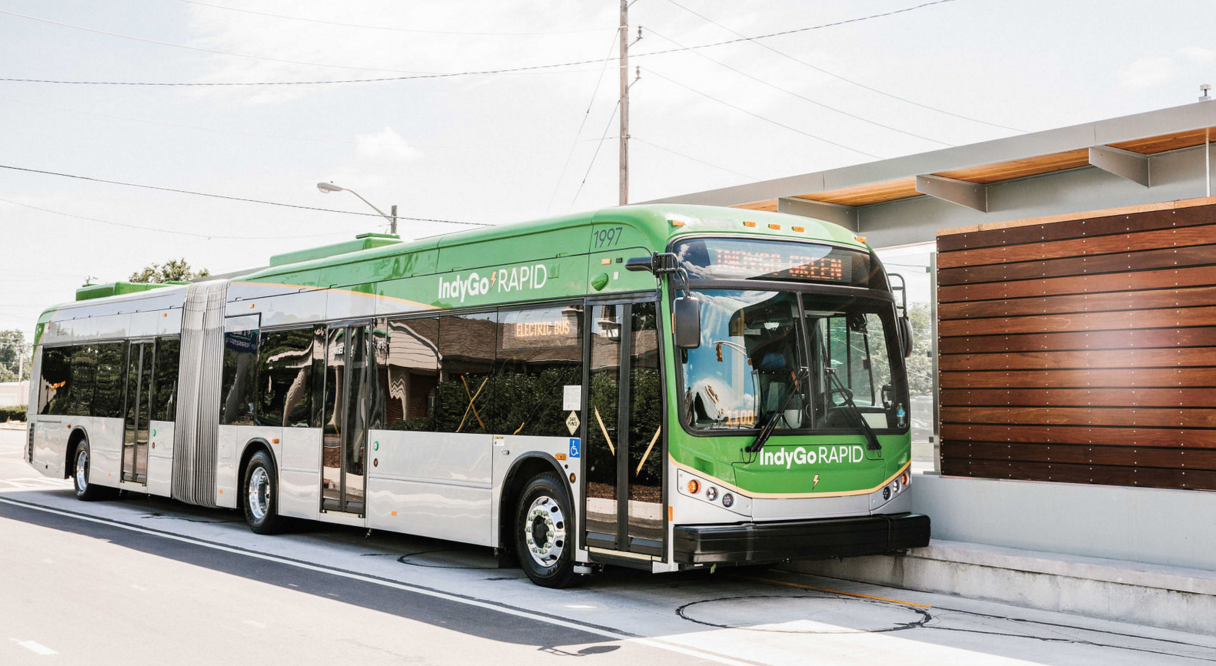
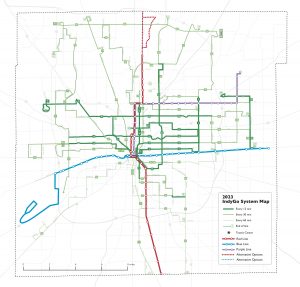
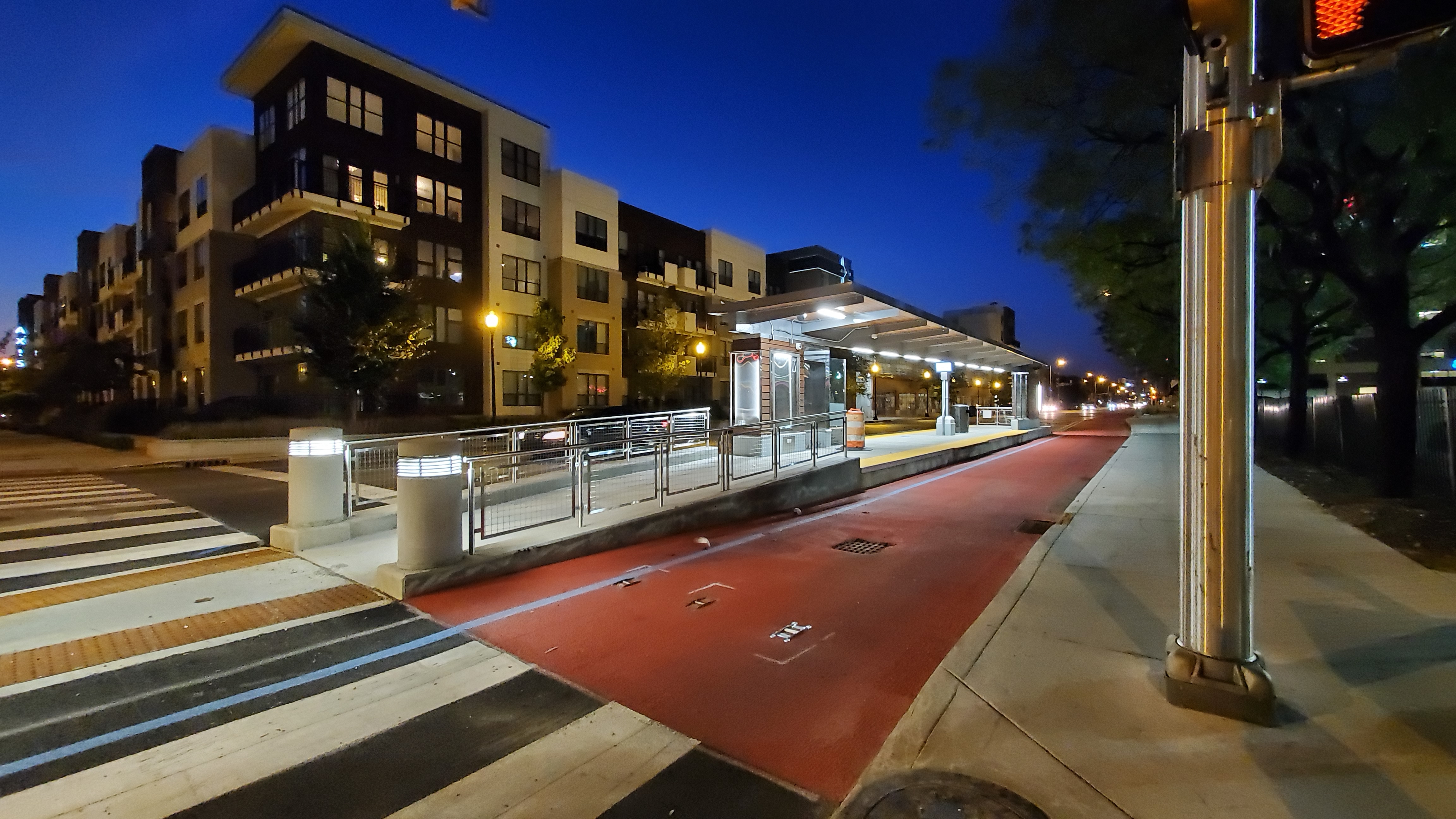
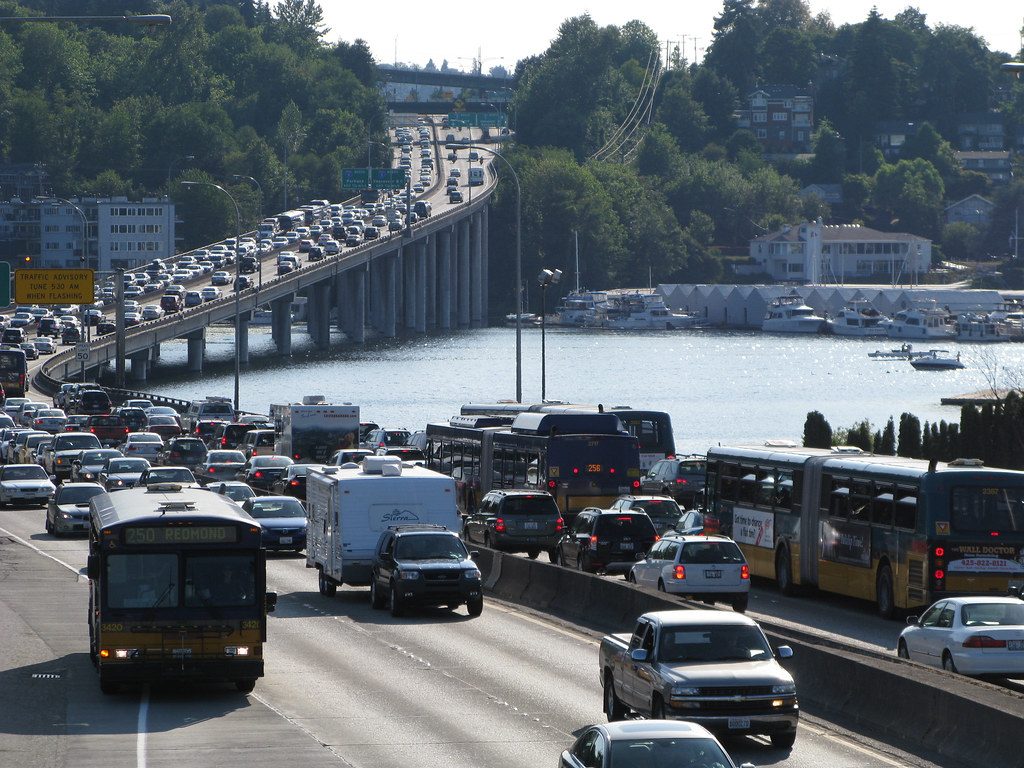
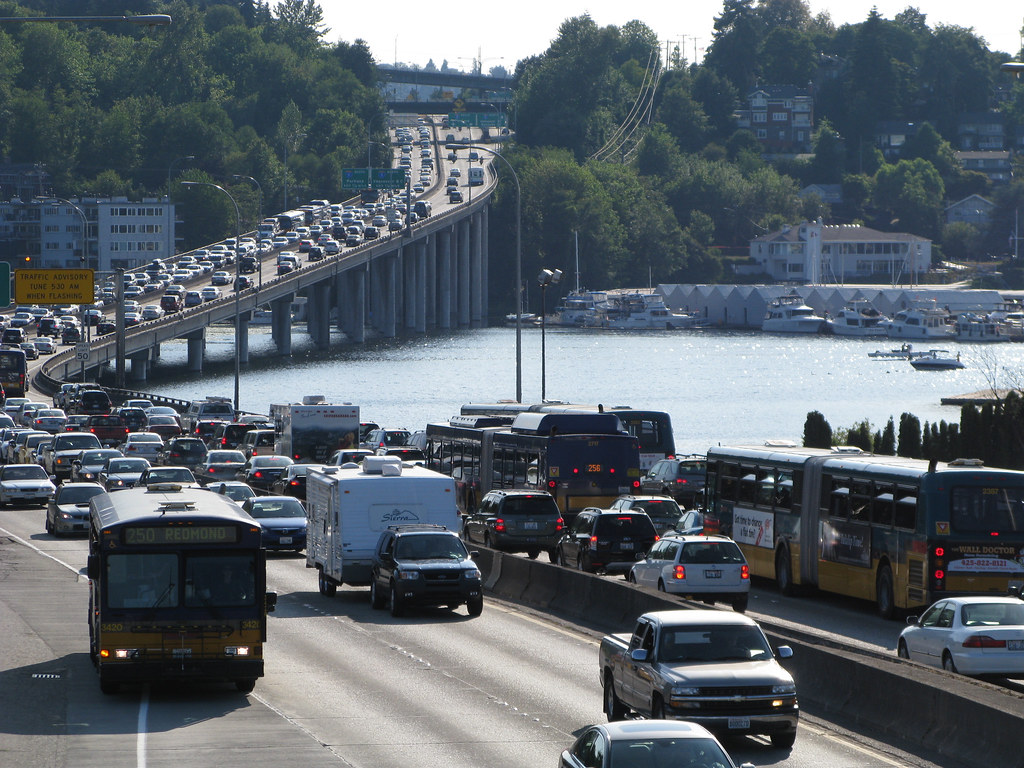
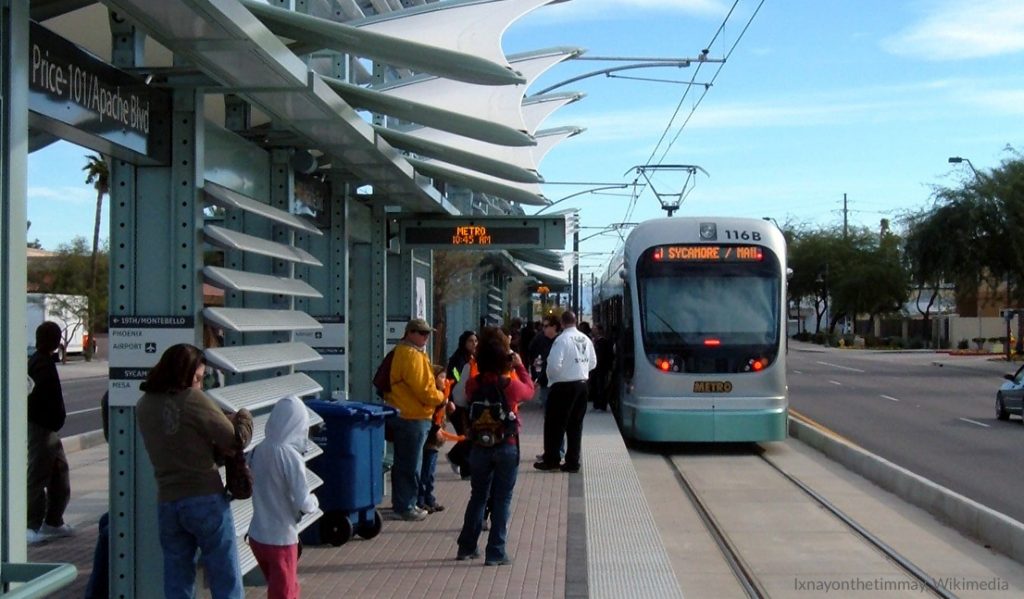
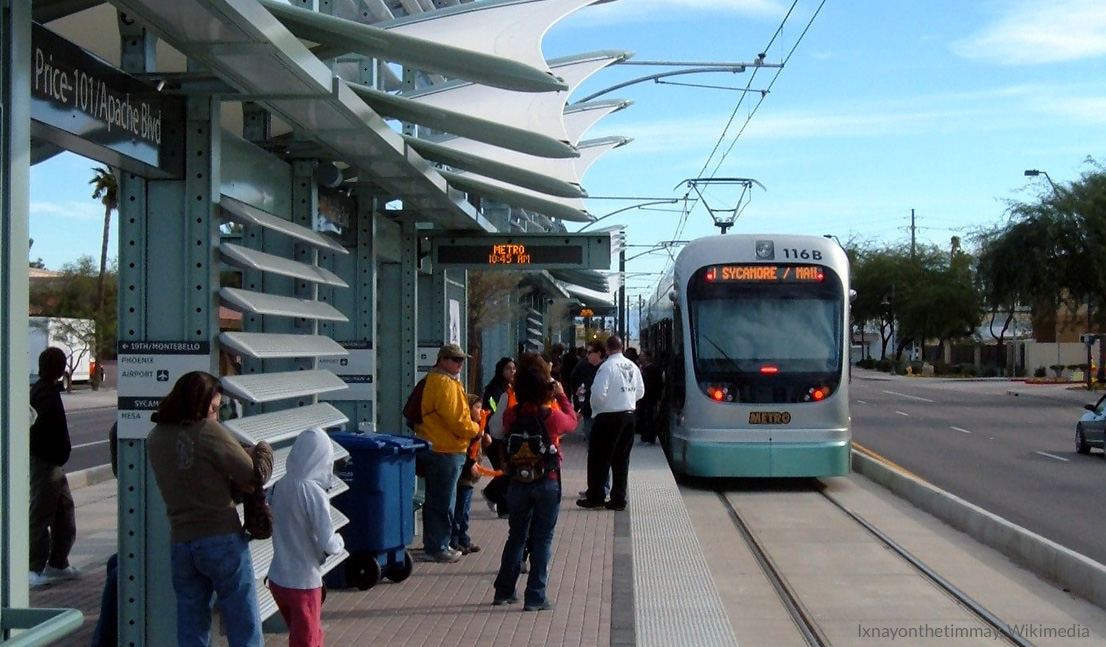 Later this month, Phoenix voters will decide whether to ban all future rail transit investment, putting an abrupt end to light rail expansions and dealing a major blow to the city’s and region’s efforts to create a sense of place, attract talent, and grow the economy.
Later this month, Phoenix voters will decide whether to ban all future rail transit investment, putting an abrupt end to light rail expansions and dealing a major blow to the city’s and region’s efforts to create a sense of place, attract talent, and grow the economy.